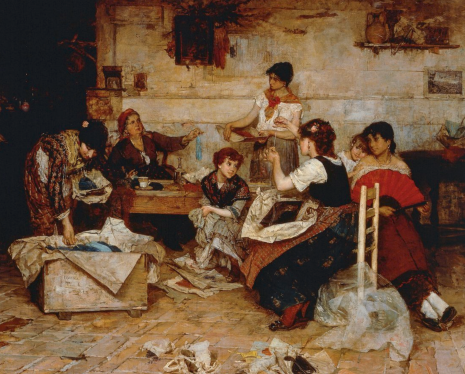
Making Kin in Early Modern France: Interspecies Ecologies of Care
53rd Northeast Modern Language Association (NeMLA) Convention
This panel seeks to consider how the works of French writers and thinkers of the early modern period and the eighteenth century envision entanglements and interconnections between humans and their nonhuman « kin, » whether animal, vegetable, or other forms of life. The feminist science studies scholar Donna Haraway defines “kin” not as a solely biological concept but as a method of redefining and re-envisioning our relations with other beings beyond the ties of ancestry and genealogy. « Making kin » is a form of “stretching” and “recomposing” the idea of family to recenter our understanding of how we relate to and care for other lifeforms, recognizing the ways the lives of humans and nonhumans are mutually intertwined. Making kin, then, is a process that emphasizes relationality, situating oneself within a broader (ecological) system. It also prompts us to consider the nature of « care »: how we care—emotionally, intellectually, or physically—for nonhuman others in our environments. While of course the concepts of « ecosystem » and « ecology » did not exist in these periods in the way we understand them today, early modern peoples grappled with the intimate imbrications of lifeforms in literary, natural historical, philosophical, and other types of texts. Panelists might consider, for example, how classification and taxonomical systems posit, destabilize, and interrogate the relationships between critters; the encounters of Europeans with various (non)human « others » in travel narratives; practices of domestication or agriculture; as well as debates on the nature of animals and humans stemming from the Cartesian concept of the « animal-machine. » How did writers from this time represent and envision forms of kinship and care that go beyond the human?
Dans la même catégorie



